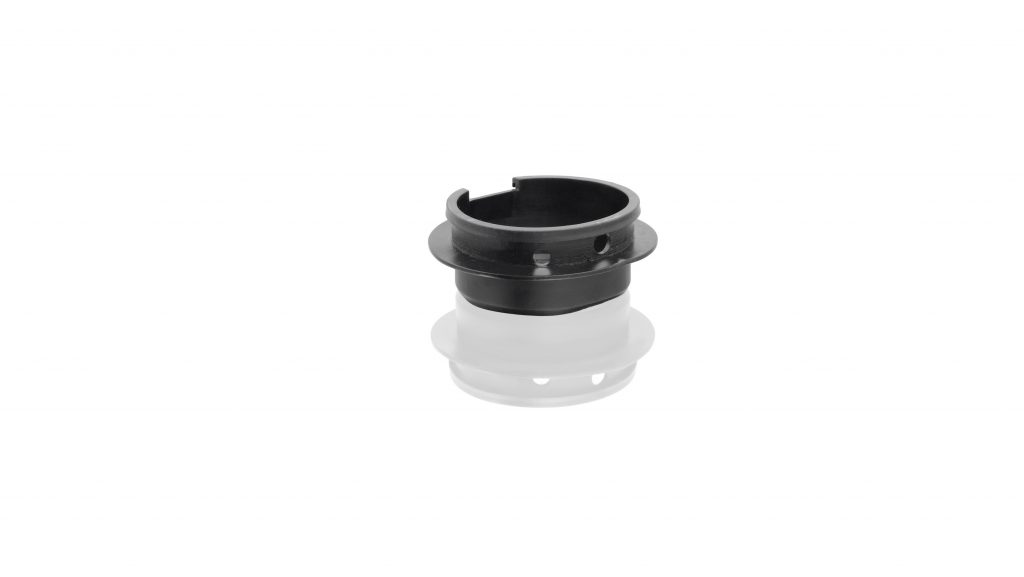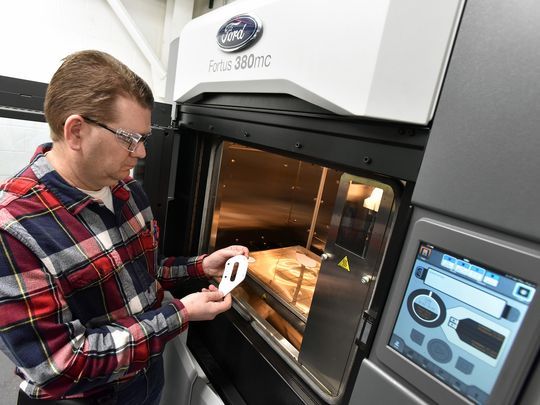German luxury automotive manufacturer Porsche is 3D printing spare parts for rare and classic cars to ensure customer care and sustainability.
Using a combination of SLM 3D printing for metal parts and SLS 3D printing for plastic parts and tooling, Porsche has added a number of spare parts to its catalog, ensuring that its cars will drive on for longer.

Cost-effective part replacement
Since Porsche Classic cars are highly sought after as collector’s items, any particular series may have a short production run. Manufacturing and storing many spare parts for these cars does not make financial sense given the low demand, raising difficulties when spare parts are needed for classic cars.
The Porsche Classic range currently includes around 52,000 parts, and when a particular spare part from the original production is depleted, specific tooling is required to reproduce these parts. Large batches require more tools, while small batches may not justify tools being created at all.
Successful testing and spare part expansion
Porsche tested a 3D printed spare parts initiative with the discontinued release lever for the clutch on the Porsche 959, a high-quality low batch component from a rare collector’s sports car.
The SLM 3D printed lever met the requirements of the original component after meeting a pressure test (with a load of almost three tonnes), a tomographic examination for internal faults, and a practical test.
The company has since introduced eight further plastic parts to its digital spare parts library including a filler cap, a crank arm, and a brake part. SLS 3D printed plastic parts in this range are subjected to performing tests, and some must be resistant to oils, fuels, acids, and light.
A further 20 parts are planned for the immediate future as a pilot run, though the run has the potential to reach across a much larger portion of the manufacturer’s product range.
3D printing as a cost-effective solution
Automotive manufacturers are increasingly using 3D printed parts or tooling, and now Porsche has followed suit. Volkswagen has annually saved $160,000 by 3D printing tooling components for its Autoeuropa factory assembly line in Portugal.
Similarly, Mercedes-Benz Trucks is running a Digital Spare-Part Initiative, producing components that, compared to die cast alternatives have 100% density and greater metal purity. Sister company Daimler Trucks is now SLS 3D printing spare parts too.
On the assembly line itself, Ford is using on-site 3D printing in next generation SUV development. As a result, the time taken to replace broken tool or manufacturing parts for the the Ford Escape and Lincoln MKC has been slashed from weeks to hours.
Together with Ford’s new computing and data analytics systems at its plant in Louisville, Kentucky, plant workers can now download spare part designs, and make tools for specific operations, moving from concept to object in two hours. 3D printing has also dramatically reduced the $250,000 it has sometimes taken to manufacture a prototype.

Let us know what you think the best industrial application for 3D printing has been. Make your nominations for the 3D Printing Industry Awards 2018 now.
For more stories on 3D printing and prototyping, subscribe to our free 3D Printing Industry newsletter, follow us on Twitter, and like us on Facebook.
Featured image shows the Porsche Classics range. Photo via Porsche.


